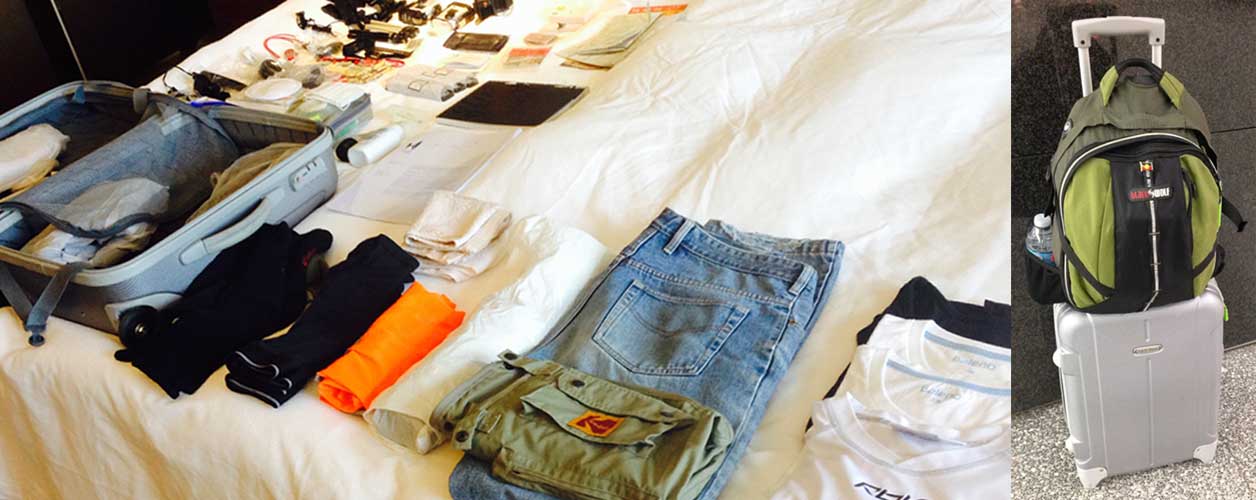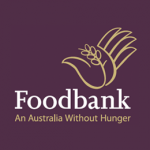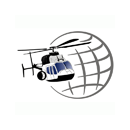
The Vacuum Pack
June 22, 2017(Frequent Flyer, part 2 of 6. In preparation)
Documentation
28 .. If you intend to drive whilst abroad, apply for an International Driver’s Permit (check countries of validity, as this is not accepted universally)
29 .. Print and bring spare passport photos (for any additional identification cards or applications)
30 .. Scan and print a copy of your (photo) passport page, special visa pages, your credit cards, accounts, insurances, and itinerary (including hotel phone numbers) and carry separately from your passport, so in case of emergency, you have all the relevant information on hand
31 .. Duplicate documents should be stored in two bags, so if laptop, phone or even one bag is stolen or lost, you will still have a copy of this important data
32 .. Leave a printed copy with a trusted staff member, relative or friend in your home country
Finance
33 .. Carry a credit card which is commonly accepted in the countries you will frequent: AmEx, MasterCard and Visa (USA) / JCB (Japan) / UnionPay (China)
34 .. Use a credit card with a microchip which requires a PIN
35 .. A bank card in the Global Plus network can be used worldwide to withdraw cash from any ATM with the Global Plus symbol
36 .. Notify your bank and credit card issuer of the countries to which you will be travelling, without reducing any fraud detection protocols
37 .. Use a credit card which earns frequent flyer points
38 .. Use a business credit card and/or keep receipts of all items eligible for reimbursement or tax assessment as legitimate travel expenses. One or more zip-lock bags are useful for collating these
39 .. Buy a RFID scan blocker and put it in between your credit cards, to mitigate against electronic pickpockets skimming your card in busy places. The frugal traveller may use aluminium foil instead
40 .. In many countries, cash is acceptable for most transactions. To acquire cash from your bank before leaving, allow sufficient time to prepare the amount of foreign currency you will need. This will often deliver a better rate of exchange than an airport Bureau de Change
41 .. If carrying large amounts of cash, a concealed money belt is advisable. Separate currencies (and your local travel proximity cards) in small transparent zip-lock bags
42 .. To calculate exchange rates between an extensive range of currencies, use a online site or app, such as: universal currency converter
baggage
43 .. In order to avoid time-consuming carousels and the potential for lost luggage, I prefer carry-on baggage only. Check your ticket/s for maximum carry on items, dimensions and weight
It is possible to travel for extended periods like this. I recently spent several months in winter and summer cities across three continents, with just a cabin-compliant case and small backpack
44 .. To avoid excess baggage fees, weigh all check-in items
45 .. Make your baggage easily identifiable with a unique and not easily removed item (e.g. green zipper pull tags)
46 .. A waist pack is useful for carrying small items which you may want accessible in your aircraft seat. (e.g. eyeshades, earplugs, money, lip balm, moisturising spray, hand sanitizer, mints, tissues, toothbrush, toothpaste, passport, pen, pre-completed arrival card, inflatable neck pillow, if required)
47 .. Consider what computer device you will require on your trip: a tablet with keyboard or laptop
A 13″ MacBook Air laptop is an ideal size, as it fits on an aircraft tray table and in a hotel room safe
48 .. If using any cameras using lithium batteries, place in a transparent plastic zip-lock bag and top pack or place in an external pocket, so that they can be easily removed for X-Ray scanning
49 .. If concerned about potential confidential data loss, consider a secure data drive, like the Datashur secure memory stick (which has high security measures, if hackers attempt to unlock it)
50 .. Unless staying longer than a few days in one country, arrange data roaming with your cellphone carrier
Apparel
51 .. Download and check weather apps for your destination/s and select suitable clothing for your planned activities
52 .. The frequent traveller may select colour coordinated garments for greatest flexibility (Note: layers allow flexibility, and black IS the new black!)
- overcoat, scarf, woollen headwear (if travelling through cold climates)
- gloves (to use handheld devices in freezing weather, purchase gloves with touch-sensitive fingertips)
- formal jacket and a casual water resistant jacket with zip-out fleece lining
- lightweight long layer thermal garments (adventure stores are best for ultra-lightweight garments, as by necessity, climbers are exceptionally weight sensitive)
- Pashmina wraps provide businesswomen with lightweight warmth and colour variation
- 2 pairs of slip on / easy tie shoes (some airport security scans still require shoe removal)
- 3 sets of underwear
- 1 non-metal belt (to eliminate the need to remove for X-Ray scanning)
- swimsuit / gym gear
53 .. The two best methods for ensuring compact packing are:
- vacuum packs (in which you place clothing and squeeze out air) to reduce volume
- rolling multiple garments or single items to maximise the use of space within a suitcase
54 .. In most airports, liquids are only permitted in containers of 100ml or less. Pack any cosmetic liquids in one or more separate transparent waterproof zip-lock bags, for rapid customs inspections
55 .. If you are taking any medication/s, ensure that you have sufficient for your trip (and any potential delays). If travelling for a long time and taking a large amount, carry a photocopy of your prescription with the same details as on the labels on containers
*Be aware that some countries put a limit on the amounts of certain organic, healthcare and pharmaceutical products which can be exported or imported
56 ..If you wish to actually hear in-flight movie dialogue (and not just view the action), pack noise-cancelling headphones
I currently use compact, lightweight Sony MDR-EX750NA noise-cancelling in-ear buds
“The Itinerant Itinerary”
(Frequent Flyer, part 1 of 6. Logistics)
“The Vacuum Pack”
(Frequent Flyer, part 2 of 6. In preparation)
“The Nearly Terminal”
(Frequent Flyer, part 3 of 6. Before departure)
“The Forty Hour Wednesday”
(Frequent Flyer, part 4 of 6. In the air)
“A Degree in Airports”
(Frequent Flyer, part 5 of 6. Upon arrival)
“The Dust of Two Deserts”
(Frequent Flyer, part 6 of 6. In transit)
From Our Clients


Thanks very much for the speed & professionalism with which you continue to service our needs, despite the fact that this is provided pro bono !
Your ongoing generosity in donating the services of Digital Tsunami to Foodbank is appreciated more than you know. We, and the 30,000 people a day you help us feed, are indebted to you.


Andrew W Morse and the Digital Tsunami team are world class, creative professionals in the challenging and highly competitive business of web page design and utilisation.
He understands business, he understands marketing, he understands communication and he understands design. And most importantly, his web pages pay for themselves within weeks of going online.


Digital Tsunami is awesome.
Knowledge far beyond my expectations, led to the site being beautifully creative with simplicity, which is just perfect for a young female artist.
Andrew's patience and respect was impeccable, but what I loved most, was that he just knew what to do EVERY single time ... just the perfect web creator.
Thank you Digital Tsunami. Thank you Andrew


This is fantastic. Thank you. I really appreciate all the work you have done for us!


I worked with Andrew on a photography project that involved a high level of visual complexity for a multinational client. Andrew was clear and professional in his briefing, but at the same time, was open to other ideas and approaches.